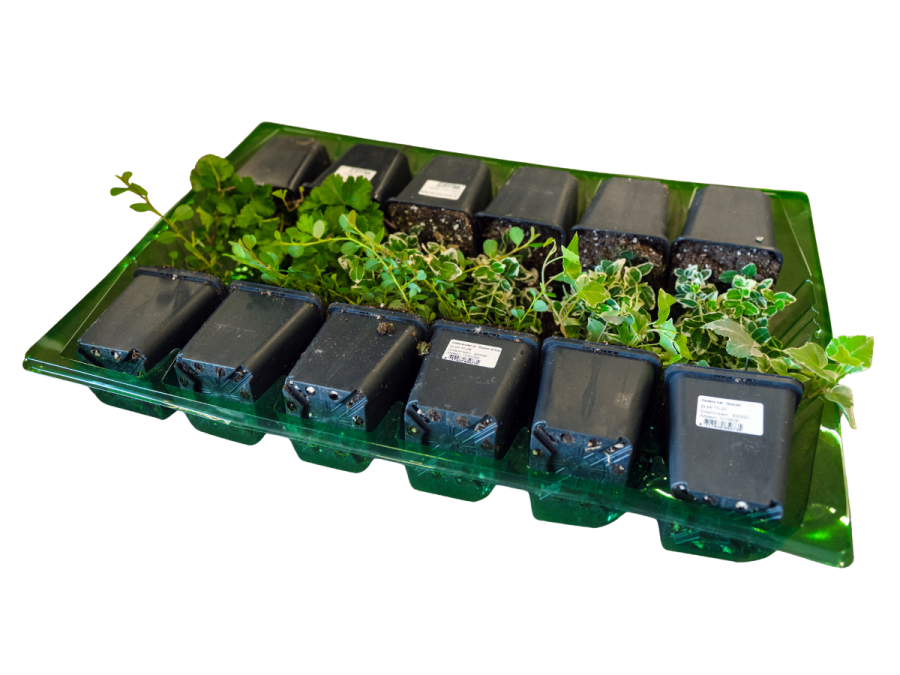Description
Sesleria caerulea | Blue moor-grass
With its strikingly blue-green foliage, Sesleria caerulea, also known as blue moor-grass or blue Sesleria, offers a unique color palette to any garden setting. This clump-forming perennial is native to Europe and known for its low-maintenance and evergreen properties, providing year-round interest to borders, group plantings, or as an edge plant.
Key Features
The Sesleria genus is renowned for its hardiness and the blue moor-grass is no exception, with several distinctive characteristics:
- blue moor-grass boasts a unique foliage color that remains consistent throughout the seasons, transitioning from blue to green.
- blue Sesleria flowers in the spring, with blooms that develop into an attractive brown and purple, adding a subtle yet appealing contrast against the foliage.
- This species is evergreen, maintaining its presence and color even in the winter months.
- It reaches an ultimate height of around 40 cm, making it a suitable choice for underplanting and low borders.
- Sesleria caerulea is not particular about soil types and is quite adaptable as long as the soil is well-drained.
- The plant thrives in full sun to partial shade, giving gardeners flexibility in placement.
Tips
- To ensure the health and vigor of your Sesleria caerulea, water it regularly, especially in dry periods, as it is not drought-resistant.
- While blue moor-grass can tolerate a range of soils, improving your soil with organic matter will result in a more robust plant.
- Deadheading is not necessary for this plant, but removing old foliage in early spring can promote new growth and maintain the plant's neat appearance.
- When planting Sesleria caerulea, consider spacing them about 30 cm apart to allow each clump room to flourish and create a seamless ground cover.






























